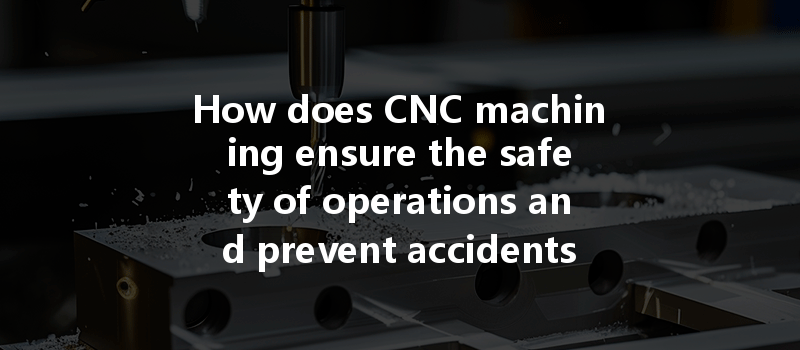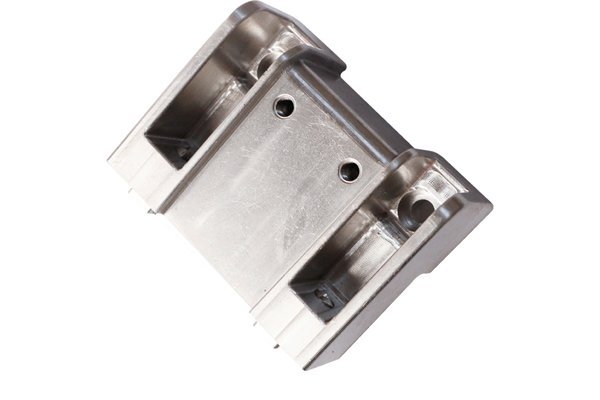Opening:
Did you know that over 400,000 workplace injuries result from machinery-related accidents in the United States alone each year? With CNC (Computer Numerical Control) machining becoming increasingly prevalent in manufacturing, understanding how to ensure safety during its operations is critical. As businesses prioritize efficiency and precision, they must not lose sight of the importance of maintaining a safe working environment.
In this extensive blog, we will explore the essential safety measures implemented in CNC machining processes to safeguard operators and facilities alike. Delve deeper into best practices, guidelines, and available technologies that can significantly mitigate the risks associated with CNC operations.
—
CNC machining has revolutionized the manufacturing industry by enabling the production of high-precision components across various sectors, including automotive, aerospace, and medical. However, the automated and complex nature of CNC machines necessitates strict adherence to safety protocols to reduce the risk of accidents. By understanding the potential hazards, operators can proactively implement safety measures that align with best practices within the industry.
Understanding Common Hazards in CNC Machining
Before dissecting solutions, it is vital to comprehend the various risks associated with CNC machining, such as:
Addressing these hazards requires a multi-faceted approach that integrates technology, training, and environmental control.
Essential Safety Measures
Introducing comprehensive safety protocols is the initial step toward accident prevention. This includes the creation of Standard Operating Procedures (SOPs) that outline the correct operational techniques and emergency response strategies.
Routine maintenance plays a crucial role in ensuring the safety and efficiency of CNC machines. Deploying a scheduled inspection protocol can help identify wear and potential malfunctions early, thus avoiding accidents.
CNC machines are often equipped with several safety devices designed to protect operators and equipment:
Investing in advanced technologies, such as machine vision systems, can provide real-time monitoring for identifying potential hazards, thereby enhancing overall safety.

An adequately trained workforce is one of the most effective defenses against workplace accidents. Continuous training programs are essential to ensure operators are well-prepared to handle CNC machinery.
Regular assessments and refresher courses can help reinforce safety knowledge and practices.
A well-organized and clean work environment contributes significantly to safety. Proper workstation design, clutter-free areas, and easy access to emergency equipment can all minimize risks.
Providing operators with appropriate PPE is fundamental to safeguarding them against injuries and accidents. The type of PPE required will depend on specific risks associated with each operation:
Regular Review and Continuous Improvement
Safety in CNC machining is not a one-time setup; it necessitates ongoing evaluation and improvement of safety practices. Regularly reviewing safety protocols, inspecting machinery, and updating training materials exemplify a commitment to continuous safety enhancement.
Case Studies and Real-world Applications
To provide deeper insights, several companies exemplify best practices in CNC machining safety. For example:
These case studies illustrate the broader impact of strict safety measures, emphasizing that success in CNC machining lies not only in precision production but also in creating a culture of safety awareness.
—
CNC machining plays a pivotal role in modern manufacturing, but the potential hazards associated with this technology need careful consideration and management. By implementing rigorous safety measures such as employee training, regular maintenance, the use of protective equipment, and modern safety technologies, organizations can significantly reduce accidents in CNC machining operations.
The importance of safety in the CNC machining sector cannot be understated. As companies continue to innovate and improve their practices, prioritizing safety ensures that CNC machining not only enhances production efficiency and precision but also protects the invaluable workforce behind the technology.
By adopting a safety-first mentality, businesses can foster an environment of productivity that is as secure as it is efficient. Remember, in the realm of CNC machining, safety is not just an option—it is a necessity. Taking the time to consider and implement these practices is essential; the well-being of your operators and the success of your business depend on it.






